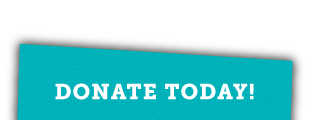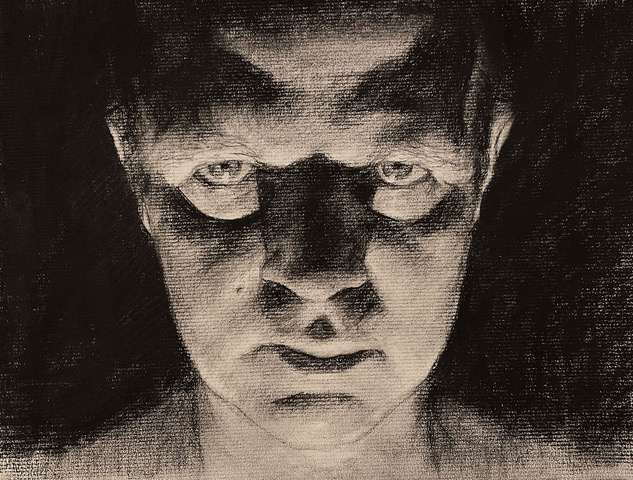Learn how to capture the figure and the portrait in unusual and dramatic lighting situations.
Challenge your drawing habits and expand your skills by drawing the figure with lighting from below, from behind, and with multiple light sources. Discover how a solid understanding of the structure of the figure can give you the tools you need to successfully depict a variety of lighting situations. See how lighting can impact the drama, mystery, and interest in a figure drawing.
The class will be taught with demonstrations and individual coaching. Students will draw from a live model. Some figure drawing experience recommended.
The tuition for this class includes a materials fee of $10 for basic materials provided by CAW. Please see recommended student material list below.
School Policies
Students who withdraw 48 hours prior to the first class are eligible for a refund or credit toward another class, less a $25 registration fee.
Please click here for more details.
Term: Winter 2025
Suggested Ages: 18+
4 sessions: $328.00; Capacity: 12
Registration closed
Recommended Books: Stephen Rogers Peck “Atlas of Human Anatomy for Artists” Andrew Loomis “Figure Drawing” Robert Beverly Hale “Drawing Lessons from the Great Masters” MATERIALS LIST Students can work in pencil, charcoal, or other drawing media. I have listed my recommended materials for reference here. CHARCOAL • Medium or soft vine charcoal sticks (4 - 12 sticks) • General's Charcoal Pencils: HB, 2B, 4B (1 or 2 of each) *Note that CAW does provide some vine and compressed charcoal as part of the class. • If you work on toned paper: General's White Charcoal Pencil or White Pastel Pencil (not a white colored pencil which is too waxy to work with charcoal) • Sanding pad (for sharpening charcoal pencils and vine charcoal- I highly recommend the Nitram Sanding Block over the regular small “tear off” sandpaper block. Fine sandpaper can also be used. (http://www.dickblick.com/products/nitram-sharpening-bloc/) • Straight Razor blade (for sharpening charcoal pencils-can be purchased at a hardware store. Sold in packs of 5 or more, usually used for paint scrapers. A box cutter can work as well but I recommend a straight razor blade.) • Large sheets of regular drawing paper (like a Strathmore Drawing Paper pad) as it is more durable and has a slightly toothier drawing surface that catches charcoal better than the slick surface of newsprint. • Canson Mi-Teinte Pastel Paper is also recommended for charcoal and conte crayon. (It comes in a variety of colors of 25.5" x 19.5" sheets. Get 2-3 sheets of light grey, tan or medium blue. Charcoal papers have a tooth to them that catches and holds the charcoal.) Fabriano charcoal paper is also good. Toned paper allows you to work both with white and black to quickly set up light and dark values. PENCIL Pencils: HB, 2B, 4B (1 of each). Pencil Sharpener or straight razor blade for sharpening pencils. • Strathmore 400 Series 18” x 24” “Drawing” Pad CAW provides large sheets of newsprint but the slick surface of newsprint can make it a bit slippery to work on with pencil. If working on newsprint (an inexpensive and readily available substrate) I would suggest working with soft or very soft pencils (2B, 4B, or 6B pencils.) Drawing Board: CAW does provide large drawing boards, however you might want to bring your own board to ensure you have a smooth, clean drawing surface. You drawing board needs to be larger than your paper size. I recommend a simple piece of masonite, gator board, or 1/2” foam core. • CAW provides large paper clamps for attaching your paper to your drawing board. Straight, thin knitting needle or stick (for measuring and finding angles) Kneaded eraser and/or vinyl “pencil” eraser Recommended: • Krylon Crystal Clear Acrylic Coating or similar (for fixing charcoal drawings at home) • Glasseine (for covering drawings in storage, especially charcoal – Glasseine is like tracing paper and can be bought in rolls. You can also buy a pad of tracing paper and use that as long as it’s acid-free.) • Portfolio for storing and transporting paper and drawings (do not roll your drawings!) • Sketchbook - for your own sketches and for taking notes


